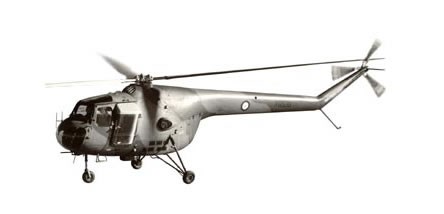Bristol Sycamore HR14
| Serial No: | XJ918 |
| Period: | Post-WWII |
| Reference: | 84/A/1168 |
| Museum: | London |
| Location: | Hangars 3 and 4 |
| On Display: | Yes |
The Sycamore has the distinction of being the first British-designed helicopter to fly. During the 1950s Sycamore crews helped pioneer many of the helicopter techniques commonly used today in air-sea rescue and troop transport work.
By 1944 the Airborne Forces Experimental Establishment had decided that gliders were most suited to the transportation of large numbers of troops. They therefore released the group of designers which had been working on helicopter projects to the Bristol Aeroplane Company, allowing Bristol to set up a Helicopter Department. By 1947, the company had built the prototype of the Sycamore, which made its first test flight in July of that year.
The Sycamore entered RAF service in 1953 and operated in a variety of roles. As well as equipping nine RAF squadrons, the aircraft was also bought by Australia, Germany and Belgium. Together with the Westland Dragonfly the Sycamore proved the importance of helicopters for transporting troops and supplies into harsh terrain which is inaccessible to fixed-wing aircraft and road vehicles. During the campaign against Communist guerrillas in Malaya (1948-1960) these helicopters were invaluable for carrying patrols into the jungle and their ability to evacuate casualties from small clearings proved a great morale booster.






